Upon arrival in Delhi, you will be met with our
representative at the airport. After traditional welcome you will be
transferred to your hotel. Stay overnight at the hotel.


Delhi, the capital of India, is a dynamic metropolis that blends ancient history with modernity. As a sprawling city with a rich cultural heritage, Delhi is home to iconic landmarks such as the Red Fort, India Gate, and the Qutub Minar, which reflect its historical grandeur. The city serves as a major political, economic, and cultural hub, featuring bustling markets like Chandni Chowk, upscale areas like Connaught Place, and diverse neighborhoods. Delhi is known for its vibrant street food scene, diverse cultural festivals, and extensive public transport network. The best time to visit is from October to March, when the weather is cooler and more pleasant for exploring its myriad attractions and experiencing its energetic ambiance.
Destinations
| Delhi | Day 1-3 |
|---|---|
| Jaipur | Day 3-5 |
| Agra | Day 5-6 |
| Varanasi | Day 6-8 |
| Lucknow | Day 8-10 |
| Dudhwa | Day 10-13 |
| Delhi | Day 13-14 |
The best time to visit
| Delhi | October to March |
|---|---|
| Jaipur | October to March |
| Lucknow | October to March |
| Agra | October to March |
| Varanasi | October to March |
| Dudhwa | October to March |
Upon arrival in Delhi, you will be met with our
representative at the airport. After traditional welcome you will be
transferred to your hotel. Stay overnight at the hotel.
Morning have breakfast at hotel. Later proceed for the sightseeing of Delhi and start with the drive past of The Red Fort, also known as Lal Qila, was built by the Mughal emperor Shah Jahan between 1638 and 1648, after he shifted his capital from Agra to Delhi.
Then visit Jama Masjid, the largest mosque in India, Jama Masjid rivals the grandeur of the neighbouring Red Fort in its scale and beauty.
Later take a trip to Chandni Chowk, nothing short of an adventure—the market is one of the oldest in Delhi and is a treasure trove of goods ranging from bridal wear to electronics. You’ll have to manoeuvre through labyrinthine narrow alleys—divided into bazaars selling specific goods—so it’s best if you tag along with a local who has a good feel for the place.
Then drive to New Delhi and drive past India Gate, on Paris’ Arc de Triomphe, this British-era archway is synonymous with Delhi. It was originally built as a memorial to the Indian soldiers who lost their lives during the 1st world-war and other government building like President’s House, Parliament etc.
The visit Humayun’s Tomb, a UNESCO World Heritage Site, this garden tomb is considered to be the finest example of Mughal architecture before the Taj Mahal. Built in 1565 AD.
Also visit Qutub Minar, medieval victory tower is named after Qutabuddin Aibak, who laid its foundations in 1193 AD. Over 73 meters high, the tower has five-storey.
Evening is free at leisure.
Stay overnight at the hotel.
After breakfast depart for
Jaipur. En route visiting Sanganer and Bagru to see the unique craft of block
printing. The village of Sanganer is
12km south of Jaipur (if since overtaken by its urban sprawl), The main reason
to visit, however, is to see its handmade paper and block-printing shops,
workshops and factories (mostly found around the main drag, Stadium Rd), where
you can see the products being made. You can also walk down towards the
riverbank to see the enormous, brightly coloured fabrics drying in the sun as
they hang on huge racks.
Later continue to Jaipur, the
vibrant capital of Rajasthan is popularly known as ‘The Pink City’ for the
color of the buildings in its wonderful old city. This Buzzing metropolis is certainly a place
of wild contrasts and is a feast for the eyes.
On arrival, check into the hotel and relax. Stay overnight at the hotel.
After breakfast, visit Amber Fort and enjoy elephant ride to ascend the fort. hilltop fort complex lies on the dusty Aravali hill range, 11 km outside Jaipur. It was the capital of the Rajputs for 700 years and the original residence of the royal family, before Jaipur was constructed. Built in a combination of Hindu and Islamic architectural elements, it encloses pretty palaces, imposing gates and several official buildings.
Later in the afternoon visit City Palace & Museum - Located in the old part of the city, the City Palace encloses several palaces, courtyards and gardens. These have been built over the last two centuries, and are a blend of the Rajput and Mughal architectural styles.
Also visit Jantar Mantar, this astronomical observatory was built by Jai Singh II in the 18th century. It is the largest and the best preserved of the five he built across the country.
Evening is free at leisure.
Stay overnight at hotel.
After breakfast, transfer by
surface to our next destination – Agra, a city in northern India’s Uttar
Pradesh state, is home to the iconic Taj Mahal, a mausoleum built for the
Mughal ruler Shah Jahan’s wife. En-route visit Fatehpur Sikri constructed by Akbar
in 1569 to honor Sufi saint Salim Chisti. Akbar’s court occupied this city till
it was abandoned due to non-availability of water but still in a state of
perfect preservation. Continue drive to Agra. On arrival check in the hotel. After some rest and fresh-en-up, proceed to
visit the much awaited - Taj Mahal, reflecting off the glistening white marble
of the monument are truly something special. Visit world famous Taj Mahal-
(closed on Fridays) built by Mughal emperor Shahjahan in the memory of his beautiful
wife Mumtaj. Rest of the day at leisure. Overnight stay at hotel.
After breakfast check out from hotel and visit Agra Fort-built by Mughal emperor Akbar to commemorate his victory in war.
Later proceed towards airport
and board flight for Varanasi. Arrive Varanasi and transfer to the hotel.
Varanasi, the bank of the sacred Ganges is one of the holiest places in
India. Rest of the day at leisure. Overnight stay at hotel.
Morning visit to Ghats to see the lovely Sun Rise, locals bathing, Brahmin chanting the Mantras and after 01 hr boat ride where we will see the other important Ghats we will take a walk on the narrow streets and see the life of locals. Return back to hotel for breakfast. Post breakfast we will start proceed for half day city tour covering Bharat Mata Temple: Bharat Mata Temple is among the beautiful temples constructed in 1936 by Babu Shiv Prasad Gupt, a Gandhian follower. Banaras Hindu University (BHU) is the largest residential university in Asia. Later, proceed for the famous Buddhist pilgrimage - Sarnath just at a 08 Kms. from our hotel. We will cover the other important place by visiting Sarnath, you will be awestruck with the feeling of breathing the same air and walking on the same earth as Lord Buddha did 2500 years ago. The city is an auspicious place to die, since expiring here offers Moksha liberation from the cycle of birth and death.
Later return to Varanasi and
proceed to witness the evening Ganga Aarti. Later return to hotel for overnight
stay.
After breakfast, check out from hotel and transfer to railway station to board train to Lucknow.
Lucknow has always been known as a multicultural city that flourished as a North Indian cultural and artistic hub and the seat of power of Nawabs in the 18th and 19th centuries. It continues to be an important centre of governance, administration, education, commerce, aerospace, finance, pharmaceuticals, technology, design, culture, tourism, music and poetry.
On arrival in Lucknow,
transfer to the hotel. Evening is free at leisure. Stay overnight at hotel.
Morning have breakfast at
hotel. Later we visit the architectural marvel of age, La Martiniere School
which was designed by the Frenchman Major-General Claude Martin as a palatial
home.
Then we visit Dilkusha Palace & Gardens - This palace was built by a European architect for the Nawab - Sadat Ali Khan. The palace and gardens were used as a country house and hunting lodge by the Nawab and his begums. Driving past Sadat Ali Tomb & ‘Chatar Manzil’ – a part of this palace was built by a French architect, Claude Martin (as this palace has restricted entry we can see it from outside from within the car) we now enter the gateway of world’s most unique architecture, 'Asifi Imambara'. This monument was built as a relief measure for a devastating famine, in order to provide employment to the subjects of the state by Nawab Asif-ud-Daula'. Also see the 'Rumi Darwaza' or the Turkish Gate and the Asfi Mosque. We now reach the Husainabad Complex - The Clock Tower is the highest Clock Tower in Asia and in some ways superior to its counterpart, 'Big Ben'. Now enter the Babylon of East, The Husainabad Imambara - known for its beauty and pieces of décor. This was built in 1840 by Mohammad Ali Shah and is still considered to be a sacred address by the natives.
Later we reach The Lucknow
Residency a place where speechless walls are known to speak the gruesome tale
of the 1857 mutiny. The sprawling British campus witnessed nothing less than
3000 deaths to keep the Union Jack flying. Yet the British could not defend
their domain and the buildings were lost to the high spirited and enthusiastic
Indians who fought till their last breath. Stay overnight at hotel.
Morning have breakfast at the hotel. Later check out from hotel and drive to Dudhwa national park.
The Dudhwa Tiger Reserve is a protected area in Uttar Pradesh that stretches mainly across the Lakhimpur Kheri and Bahraich districts and comprises the Dudhwa National Park, Kishanpur Wildlife Sanctuary and Katarniaghat Wildlife Sanctuary. It covers an area of 1,284.3 km (495.9 sq mi) and includes three large forest fragments amidst the matrix dominated by agriculture. The word 'Rhinoceros' is a combination of two Greek words - Rhino means nose and Keros means horn, which is a creature with horn on its nose. The range of the Greater Indian Rhinoceros (Rhinoceros unicornis-single horned) are really spotted. The best time to visit Dudhwa National Park is between November and May. The park remains open to public from 15th November to 15th June, though the months of May and June are a little too hot for comfort. While visiting the Park during winter you must remember to take woolen clothes as it can get pretty chilly, particularly between December to February.
On arrival, check into the
lodge and relax. Evening is free at leisure. Stay overnight at the hotel.
Get ready for early morning game drive in a dense saal forest, grassland of riverine forests, the presence of large water body and its location on the foothills. According to your tour package the last day we take you to Elephant ride. Explore the richness of flora and fauna of Dudhwa just from a height.
Post lunch we start birding
walking or cycling trail to view the birds. Evening is free at leisure. Stay
overnight at the hotel.
After early breakfast, get
ready for excursion to Katarniaghat which is at distance of approx 100 Kms form
Dudhwa. The forest of Katarniaghat, situated in Bahraich district in the
foothill of Himalayas are exquisitely beautiful with majestic sal trees
dominating the landscape. The Girwa River flowing through these forests is home
to many water birds as well as Crocodiles, Gharils as well as Gangetic
Dolphins. The Girijapuri bairaj on the Ghaghra River becomes home to migratory
birds during winter months. Later return to Dudhwa forest lodge by later
afternoon and relax. Stay overnight at hotel.
Morning after breakfast check
out from hotel and drive to Lucknow. Reach Lucknow & transfer to airport to
board the flight to Delhi. On arrival in Delhi, transfer to the hotel. Stay
overnight at hotel.
In time transfer to the
International airport to board flight for onward destination.
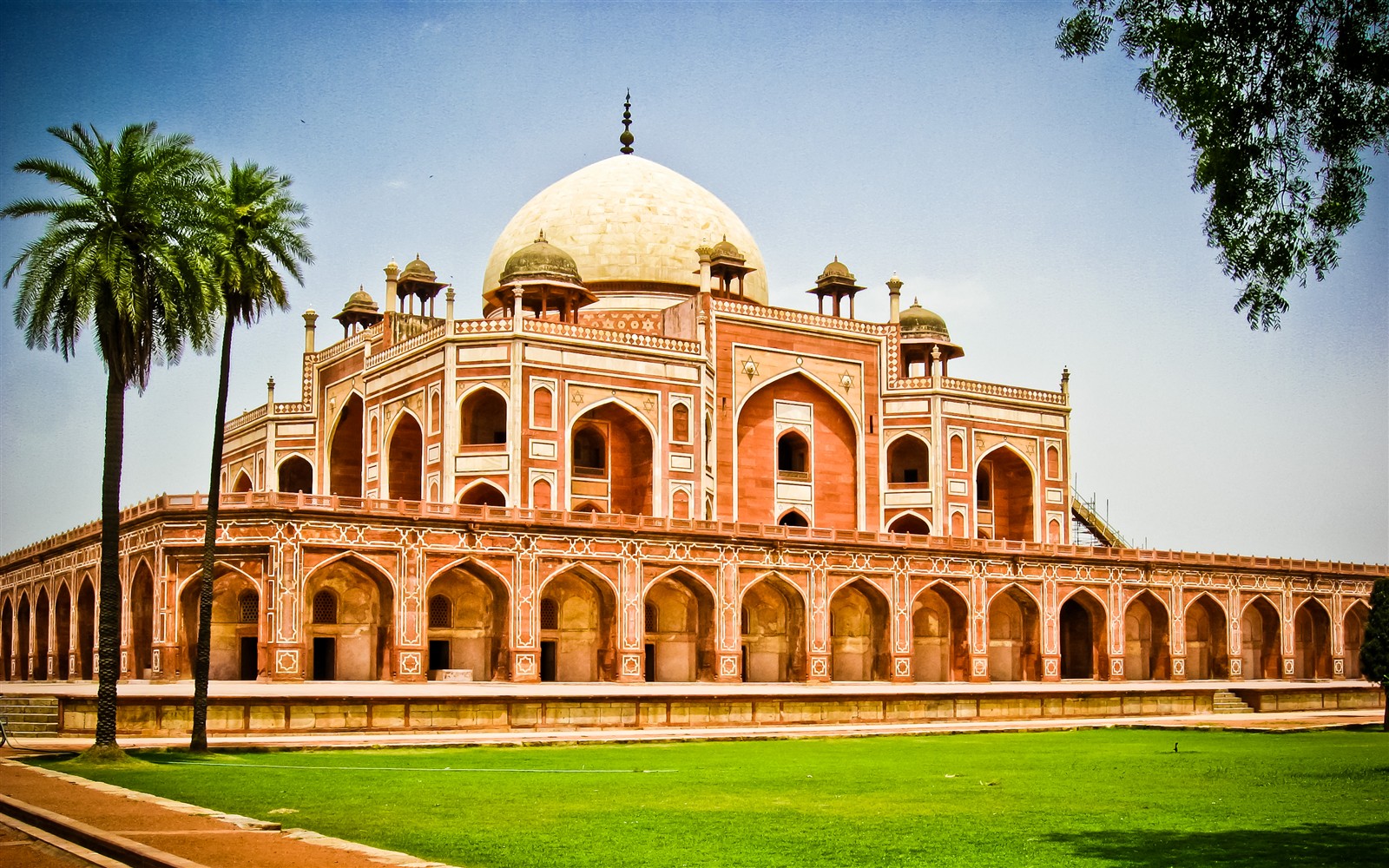
Delhi
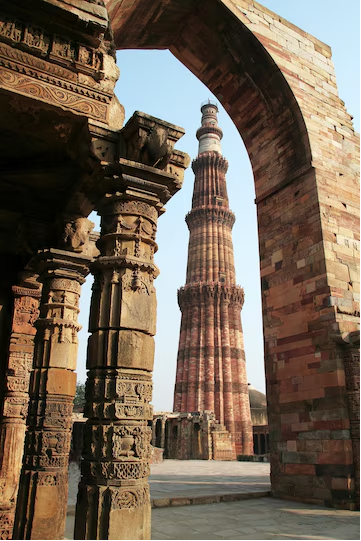
Delhi
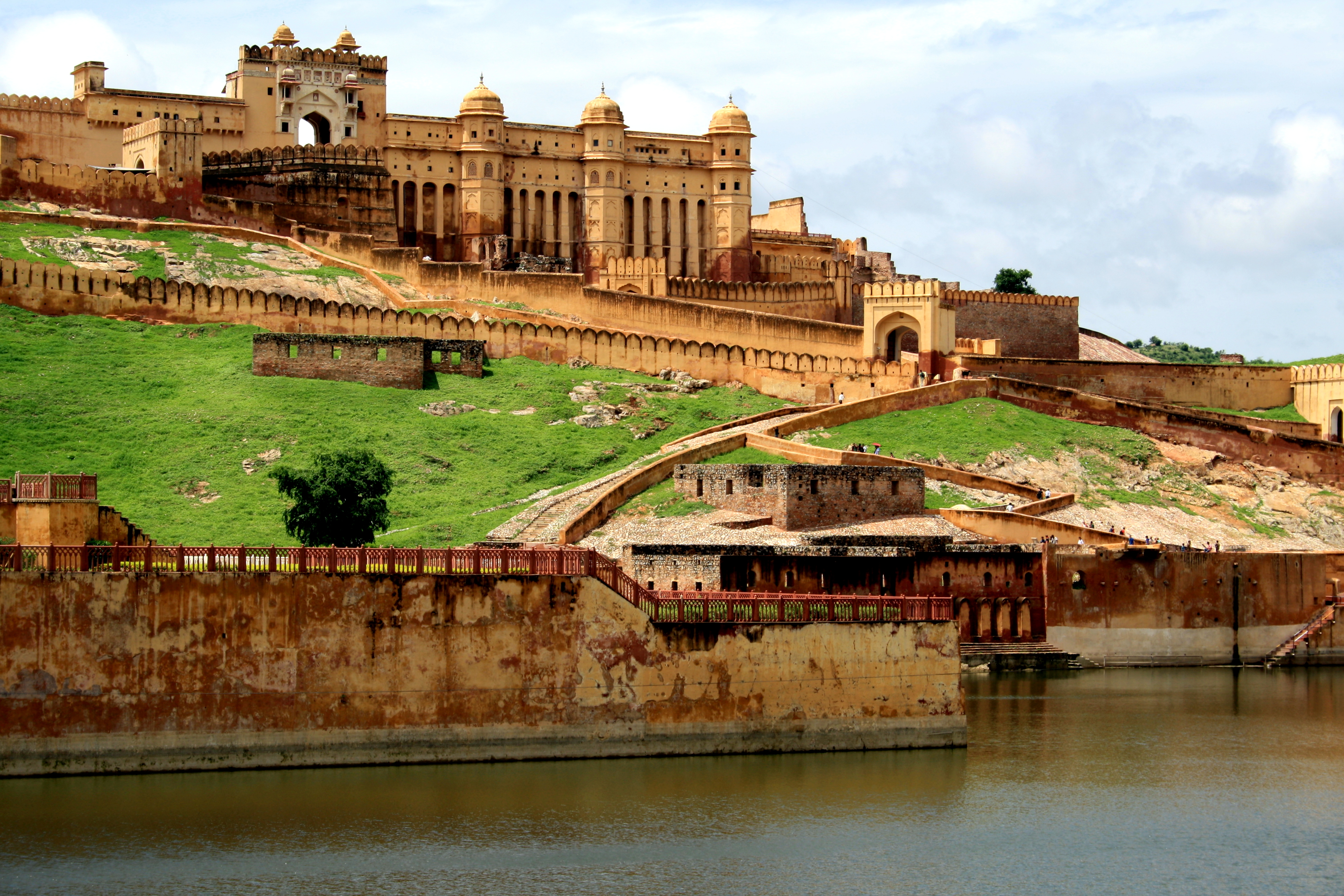
Jaipur
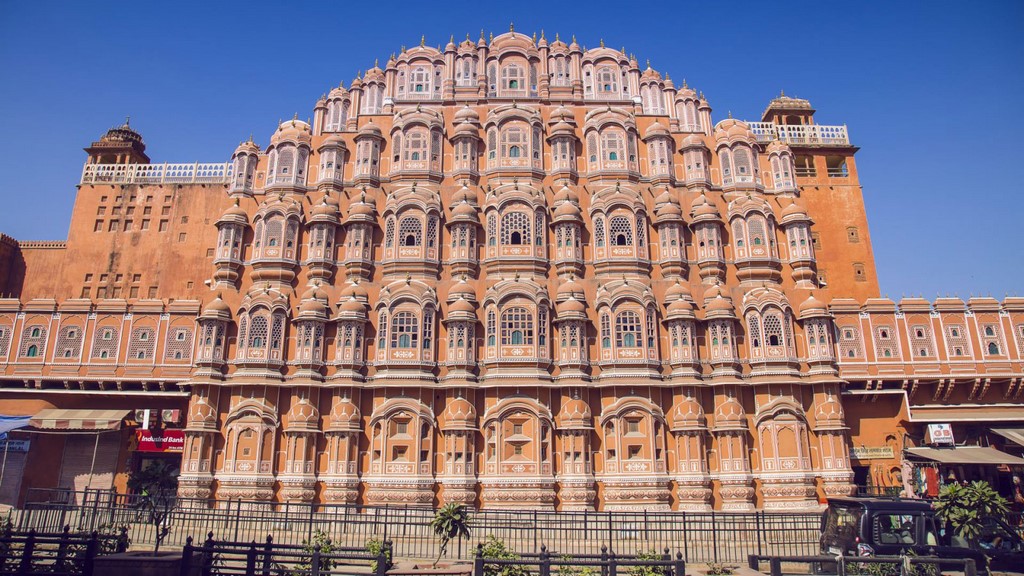
Jaipur
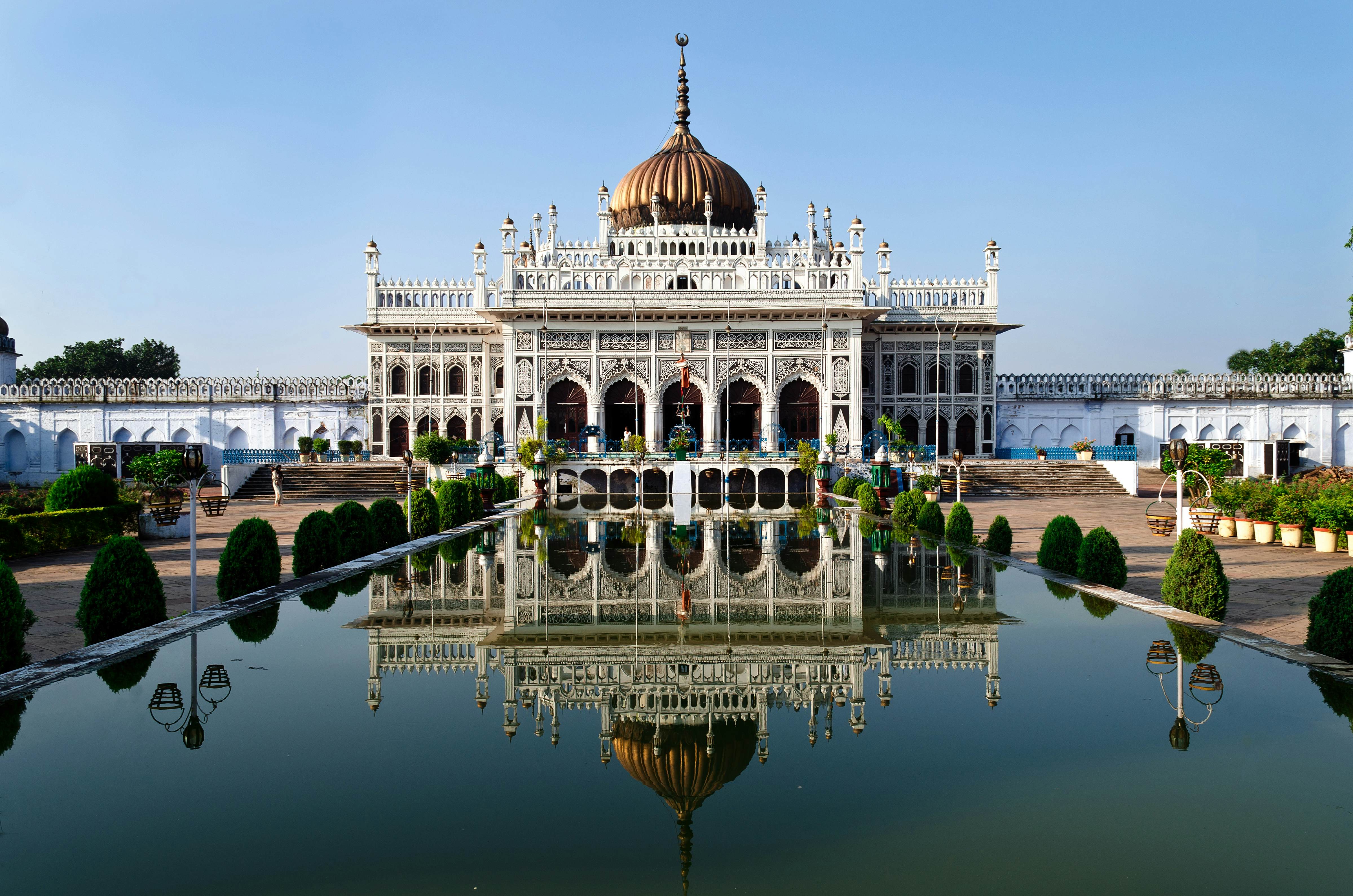
Lucknow

Lucknow
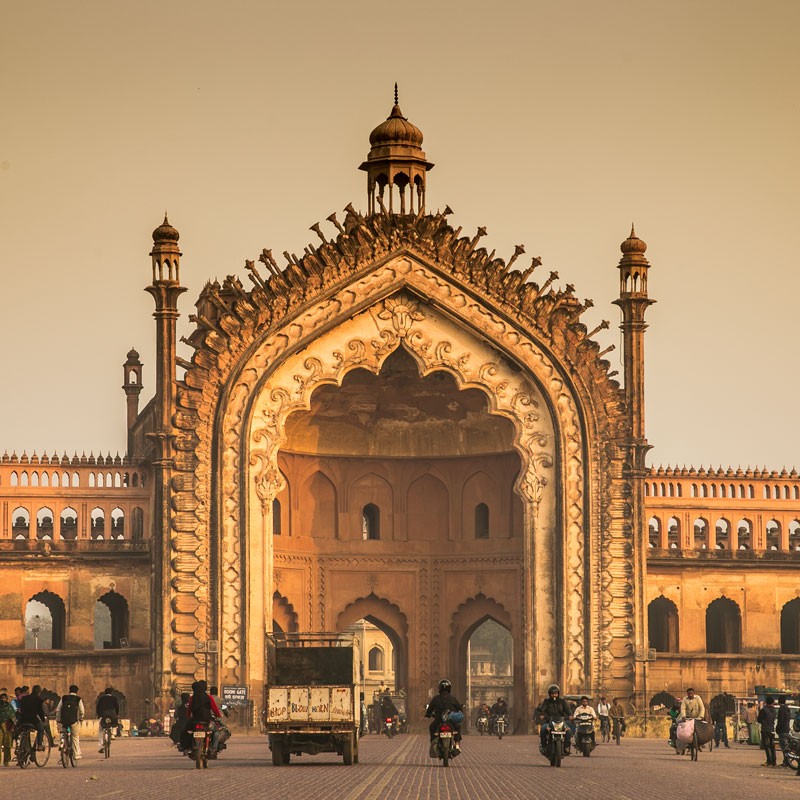
Lucknow
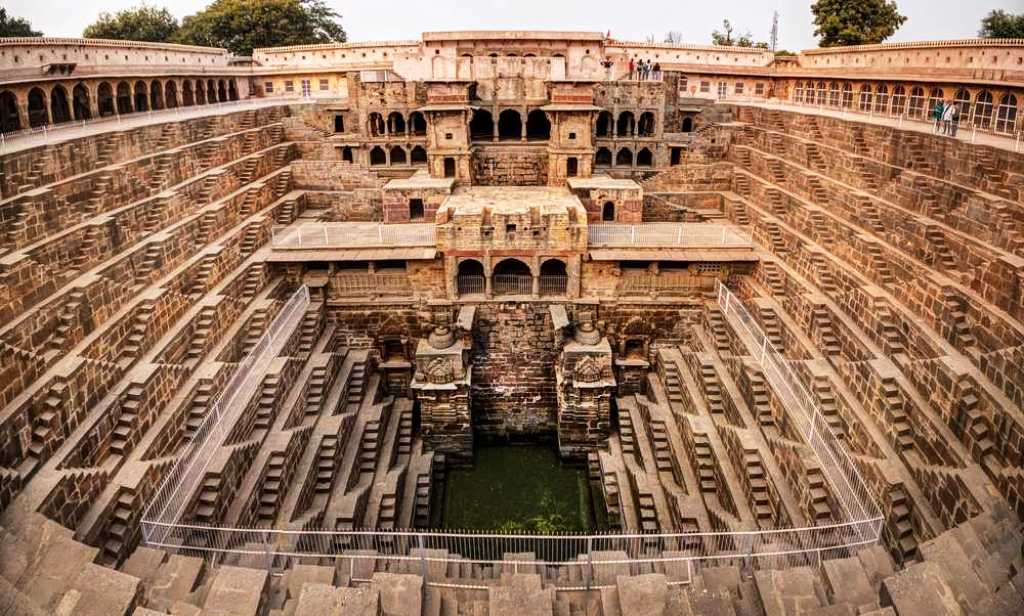
Agra
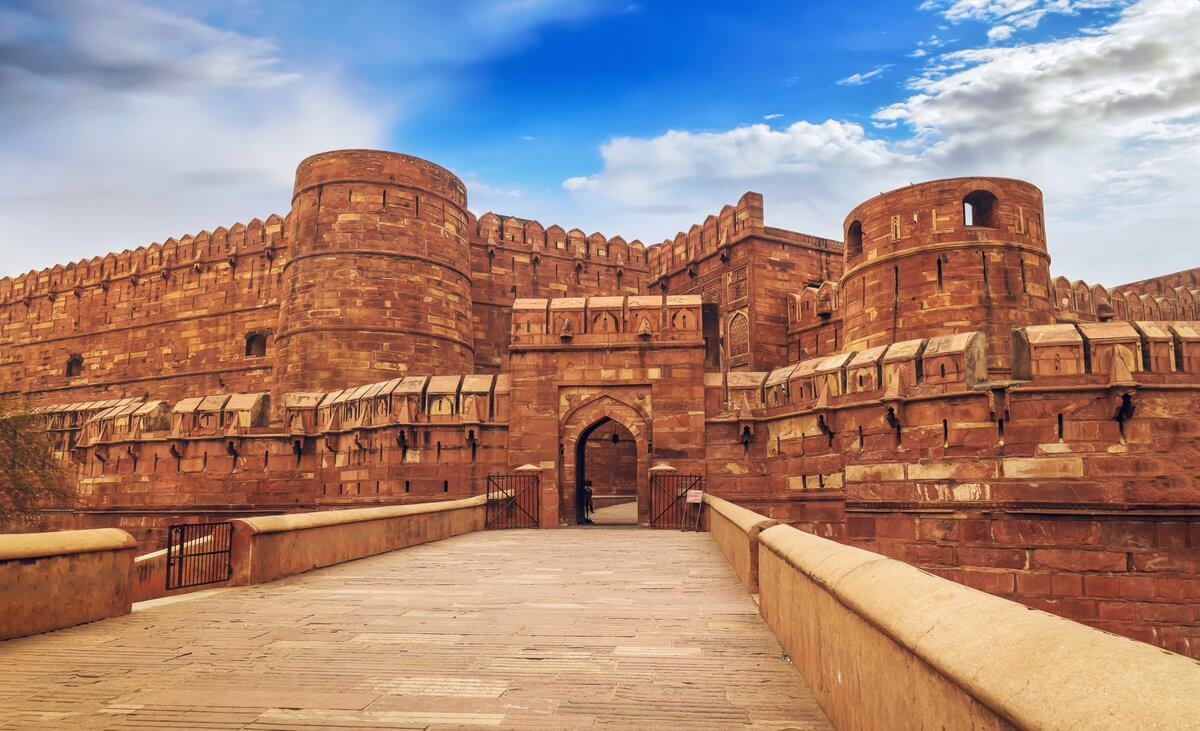
Agra
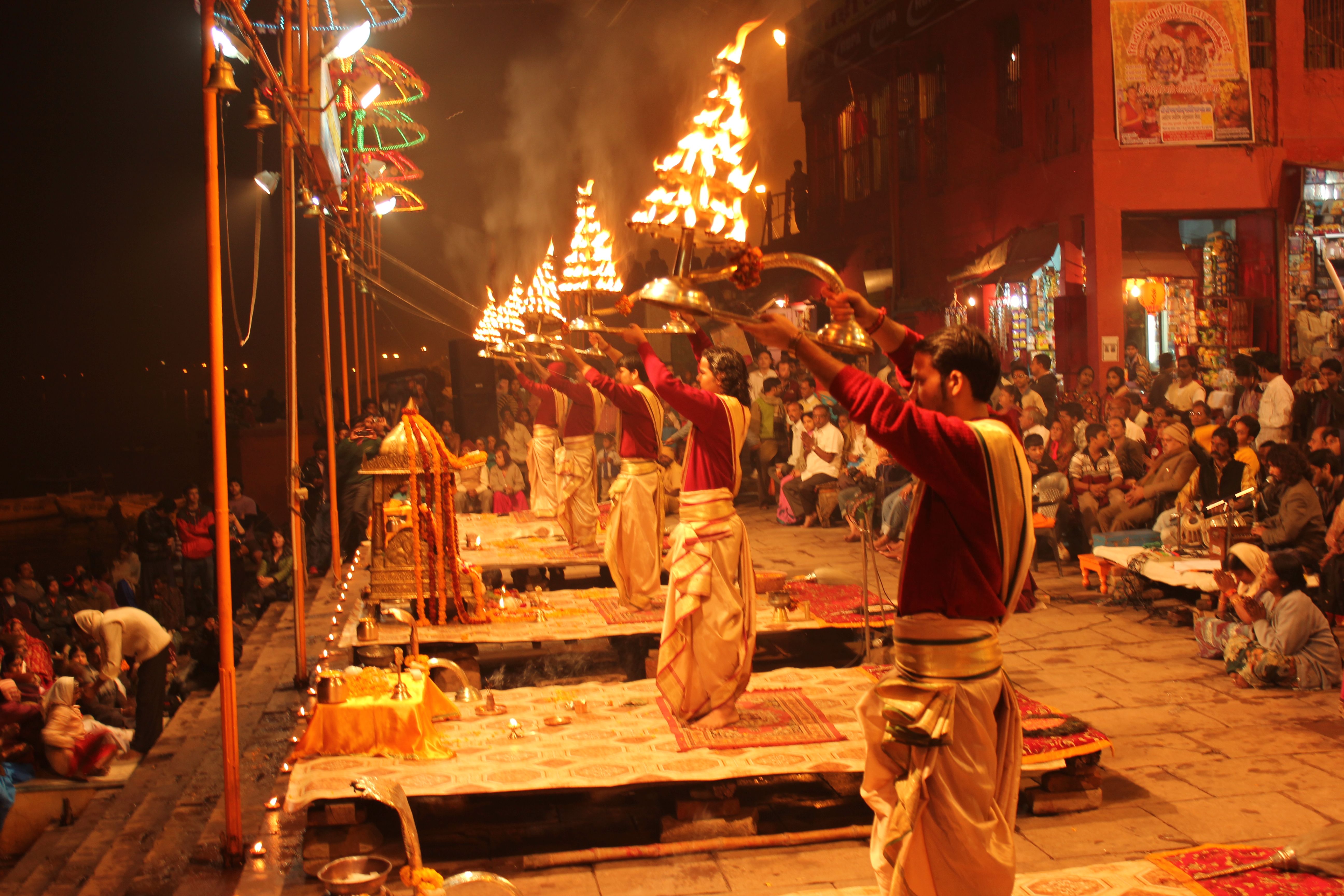
Varanasi
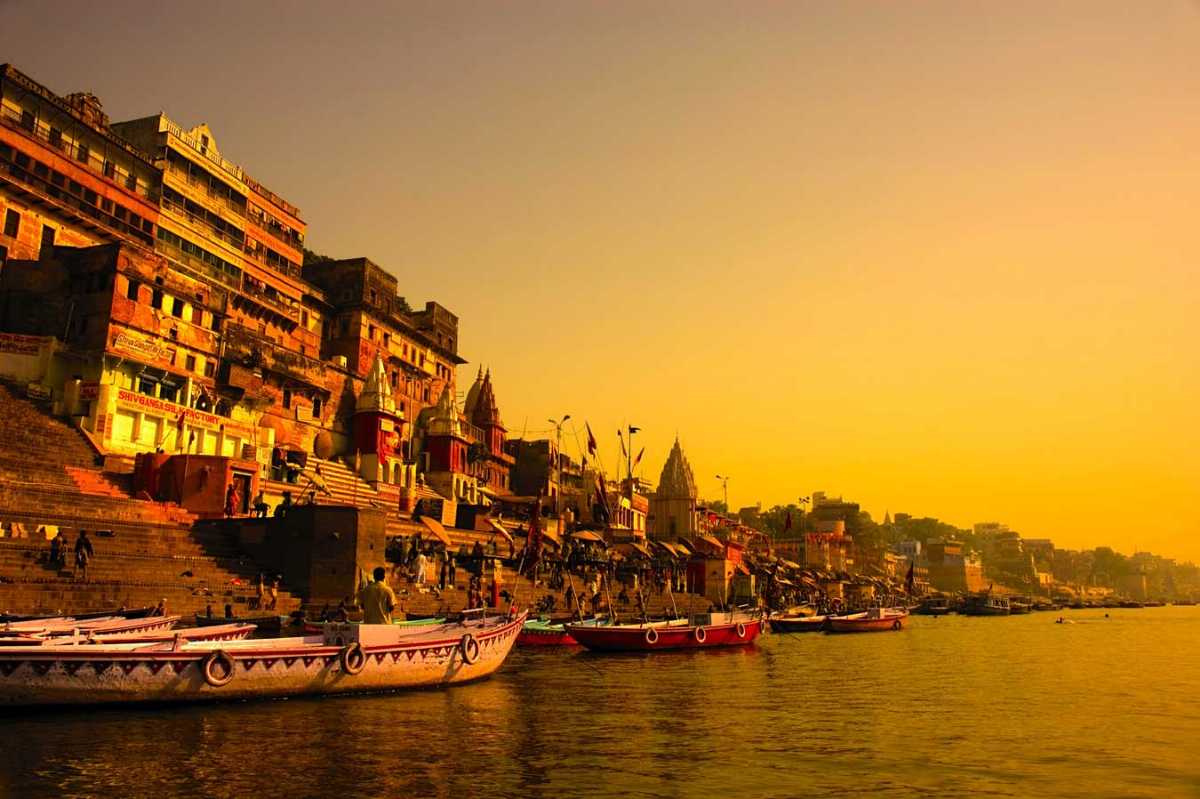
Varanasi
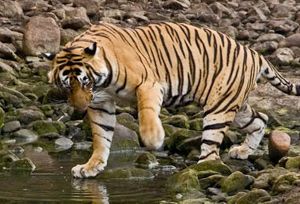
Dudhwa
Dudhwa
Dudhwa
Explore exotic destinations and unique
travel experiences.